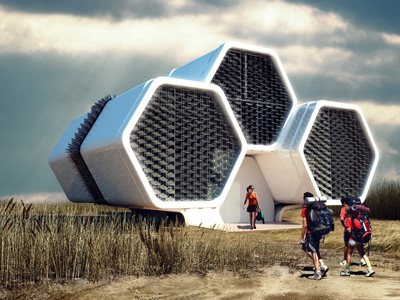
Project: Revitalization of the Chernobyl Zone and Development of the Tourist Infrastructure
Designed by ZA Architects
Architect: Ageeva Arina
Consultants: Konstantin Bondarenko, Dmitry Zhuikov
Location: Chernobyl zone, Ukraine
Area: 2252 sqkm
Website: zaarchitects.com
ZA Architects create an interesting project for the Revitalization of the Chernobyl Zone and Development of the Tourist Infrastructure, project covers the massive area of 2252 square kilometers. For more continue after the jump:
From the Architects:
Introduction. The majority of people have an extremely negative idea about the exclusion zone around Chernobyl nuclear power plant, though quite a big part of this territory does not pose any radioactive hazard. Paradoxically, the absence of human activity created favorable conditions for animals and plants. For example, two Przewalski’s horses (which are in the red list of endangered species), after they had been places in the zone, bred actively and now they are 40. At the moment the territory is practically uninhabited, with the exception of few scientists, people who refused to leave their homes (their average age is around 60), and tourists. Our design proposal focuses on the Ukrainian part of the exclusion zone and addresses such issues as the socialization of the territory, development of infrastructure elements that facilitate tourism and scientific activity, development of industry, environment protection, and as a consequence – attraction of investment. In this project, the paramount attention is devoted to tourist infrastructure. We suggest the following types of tourism: extreme, industrial, ecological, game tourism and photo-safari.
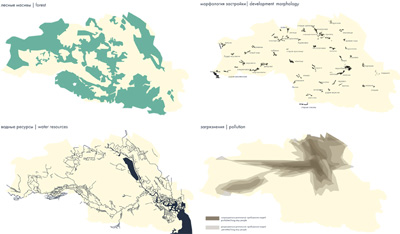

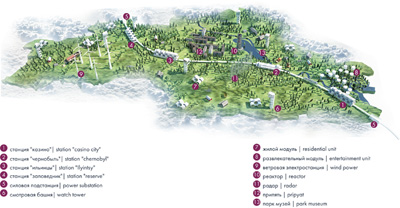
Project. The design proposal is intended to become a framework for further development of human activity in the exclusion zone. The backbone of the project is a mono-rail road with 4 stations, each having its own unique function. This environmentally-friendly and profitable railroad will cater for the tourist and industrial needs and can be implemented in several stages. First, two 4-carriage trains for 176 passengers will be introduced. The road will be located 4- 6 meters above the ground, which provides a better view, reduces the noise and allows animals to cross the territory freely. Old objects located in the area are regarded as tourist attractions. In the western, less forested part of the zone there will be a wind power station. The glazed facades are equipped with blinds covered with a thick layer of metal protecting people from radioactive exposure and excessive sun radiation.
Modular stations. Stations can change in form and size in the process of construction, as their structural elements are interchangeable. The platform is situated on the second level. Entering the station trains are washed and dried in the decontamination zone. The space between the platforms accommodates vertical communications and interactive touch-boxes for booking guided tours. On the 1st level there are emergency shower cabins and a decontamination zone where visitors discard polluted clothes are receive clean ones. The 3rd level houses entertainment and catering facilities. The 4th level can serve as an office, whereas the 5th level is added if there is a need for residential units. Thus, a typical modular station is a multi-level entity that meets various functional and economic requirements and can be a starting point for further economic and urban development.
Modular housing. Residential units (isolated or in small groups) are scattered around the area with the exception of the contaminated zone. A three-part unit is made of hexagonal modules (the principle of honeycomb). The units consist of 4 cells, equipped with a kitchen and bathroom, accommodating 4 people each. The upper 5th cell is common space. The hall serves as a buffer decontamination zone.
Observation towers are located throughout the zone. Hexagonal in footprint, they have a staircase and lift in the core. While going up the stairs visitors can observe the surrounding. The towers have posts for distributing means of personal hygiene and small shelters in the basement in case of radioactive hazard.
Conclusion. The aim of the project is to attract public attention to the phenomenon Chernobyl exclusion zone. The designed objects are located outside the area of radioactive contamination. The proposed solutions will transform the abandoned territory which is now financed at the expense of the taxpayers into a prosperous tourist destination which is beneficial for the society and profitable for the state.
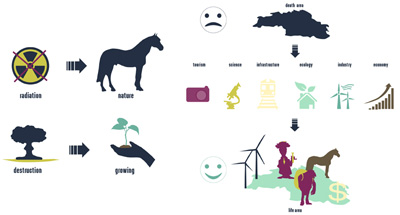


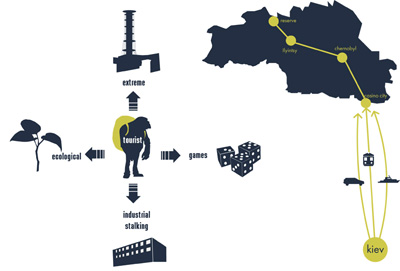
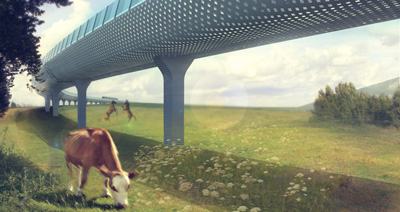
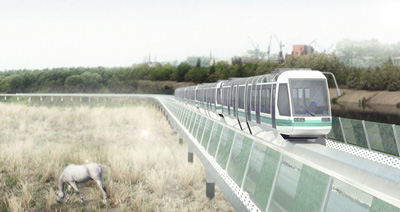
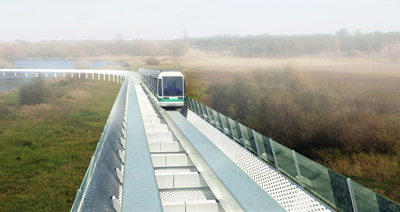
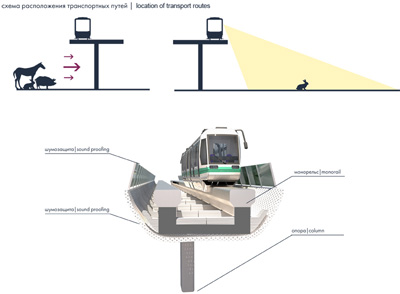
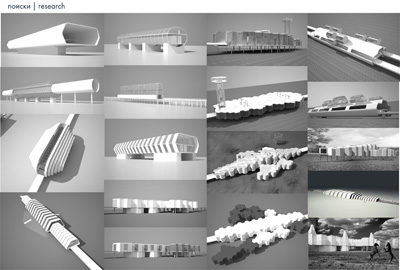
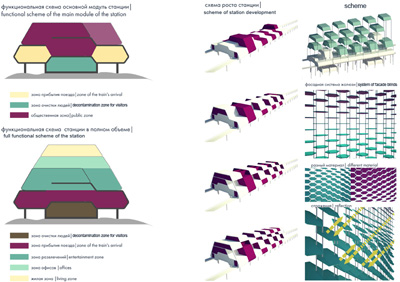
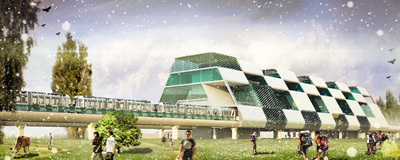
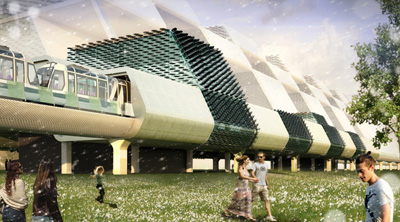
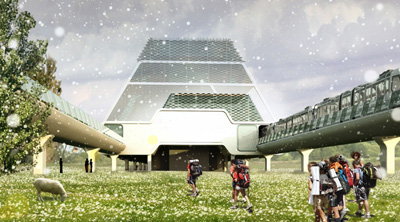
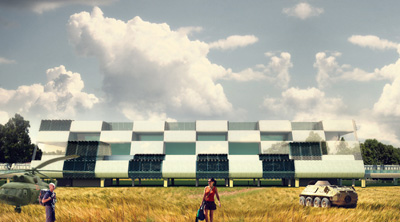

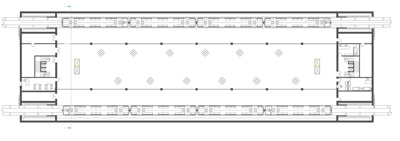



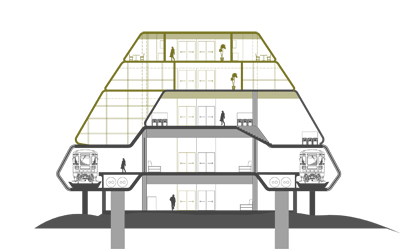
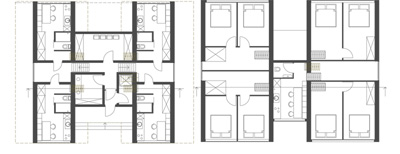
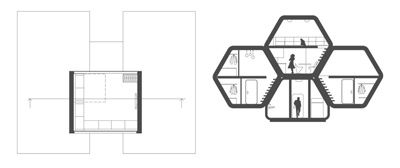
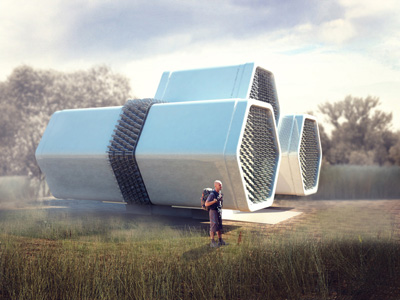
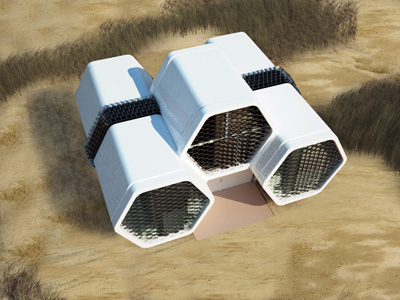
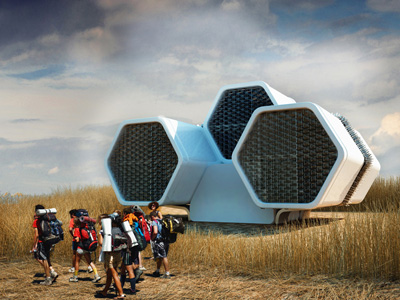

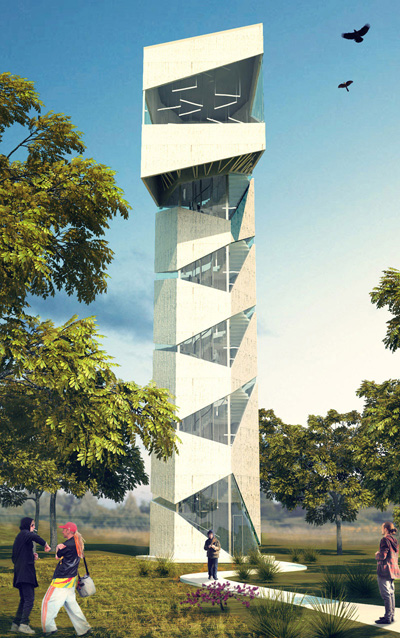
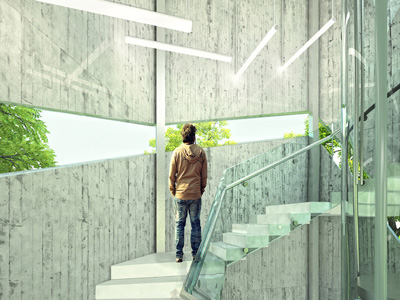
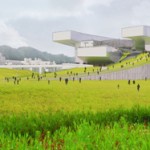
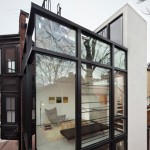
One Comment
One Ping
Pingback:Chernobyl Zone Revitalization by ZA Architects